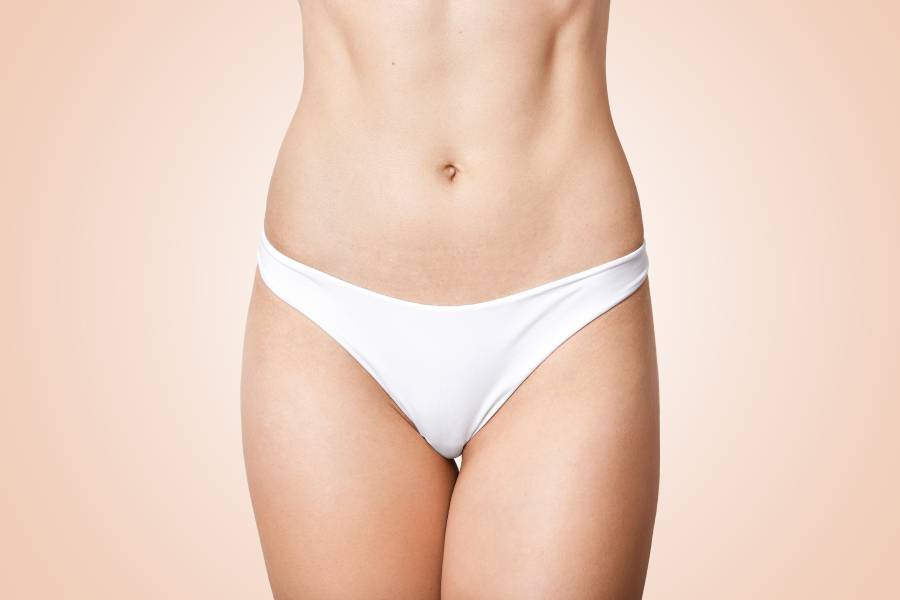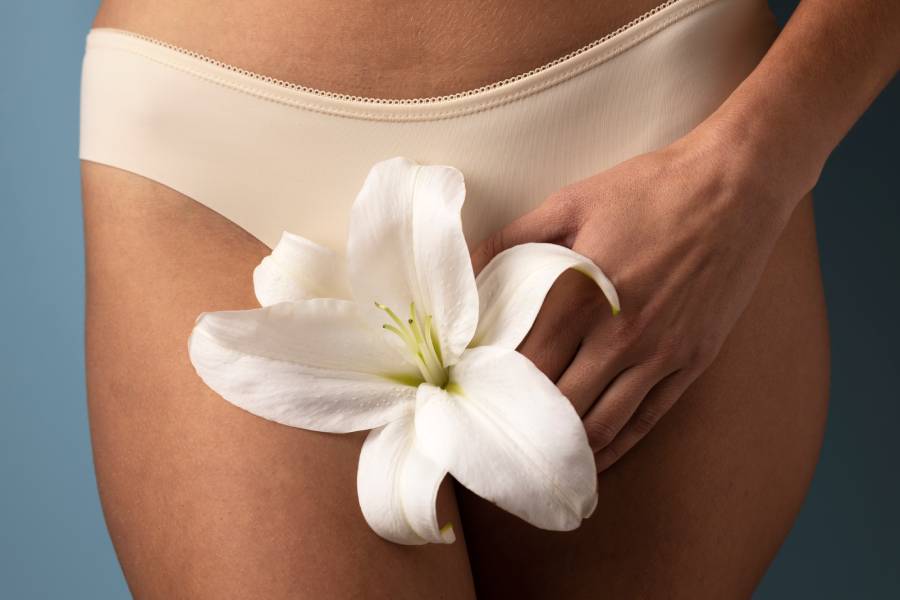Can you wear a hat after a hair transplant?
Categorised in: Genel, HEALTH GUIDE
Published Date:
Getting a hair transplant is a big step towards having a full head of hair again. But, the recovery is just as important as the procedure. Many people who choose Turkey for their hair transplant worry about protecting their new hair. They often wonder if it’s okay to wear a hat during this time.
Wearing a hat might seem like a good way to keep your scalp safe and your new hair follicles from getting hurt. But, it’s important to know how hats can affect your healing and the success of your hair transplant. In this article, we’ll look into the details of wearing a hat after a hair transplant. We aim to give you the info you need to make the best choice and get the best results.
Hair Transplant Procedure steps
A hair transplant moves hair follicles from the back or sides of the scalp to bald spots. There are two main ways to do this: follicular unit extraction (FUE) and follicular unit transplantation (FUT).
In FUE, hair follicles are taken out one by one using a special tool. The surgeon picks the healthiest ones to avoid scars and keep the donor area looking natural. Then, these follicles are ready to be transplanted. FUT, on the other hand, takes a strip of skin with hair follicles from the donor area. This strip is then split into individual follicles under a microscope. These follicles are also prepared for transplant. Both methods need a lot of skill and care. The surgeon makes tiny holes in the bald spots for the new hair. They make sure the hair grows in the right direction for a natural look. The follicles are then placed in these holes.
The whole process can take a few hours, depending on how much hair is being moved. After surgery, the new hair will fall out before growing back. It usually starts growing again in a few months, and it takes a year or so to see the full results.
Post Hair Transplant Care Instructions
After your hair transplant, it’s key to follow the right care steps for healing and great results. Your surgeon will give you specific advice based on your situation. It’s important to stick to these instructions closely. This means keeping your scalp clean, protecting the new hair, and being careful with the treated area.
Keeping your scalp clean is a big part of post-transplant care. Your surgeon will tell you how to wash your scalp gently, usually a few days after the transplant. Use the shampoo they recommend and follow their washing tips to avoid harming the grafts. Cleaning your scalp gently helps prevent infection and aids in healing.
It’s also crucial to protect your new hair from outside factors. Stay away from direct sunlight on the treated area for a few weeks because UV rays can harm the grafts. Wear a loose hat or use an umbrella when outside. Also, avoid hard activities or exercises that make you sweat a lot, as this can irritate the area.
Be gentle with your scalp and the new hair follicles. Don’t scratch, rub, or pick at the scabs around the grafts, as this can damage them. Also, don’t use styling products or do anything that might stress the new hair. Let your scalp heal naturally, and the scabs will fall off in a week or two.
Going to your surgeon’s follow-up appointments is a big part of post-transplant care. These visits let your surgeon check on your healing and answer any questions. They can also give more advice on aftercare and adjust your plan if needed. By following your surgeon’s advice closely, you can get the best results from your hair transplant.
Wearing a Hat: Is It Safe?
Many patients wonder if wearing a hat is safe after a hair transplant. They ask if it can protect their new hair. It’s usually best to avoid hats right after the procedure. But sometimes, you might need to wear one to shield your scalp.
Choosing the right hat material is key. Look for a loose-fitting hat made from soft, breathable fabrics like cotton or bamboo. These materials reduce the chance of putting pressure on the transplanted area, which could harm the grafts.
Waiting the right amount of time before wearing a hat is important. Your surgeon will tell you how long to wait, based on your situation. Usually, patients are told to wait 7-10 days to let the grafts settle and heal.
If you must wear a hat, make sure it’s clean and fresh. This helps prevent infection. Place the hat on your head carefully, without applying pressure. Try not to wear it for too long to let your scalp breathe.
When picking a hat, go for ones with wide brims. They offer good protection without touching the transplanted area. Stay away from hats with tight bands or fits that could irritate or displace the grafts.
It’s vital to protect your transplanted hair for it to grow well. If you’re unsure about wearing a hat after your transplant, talk to your surgeon. They can give you specific advice tailored to your needs.
Alternatives to Wearing a Hat
Wearing a hat might seem like the easiest way to protect your scalp after a hair transplant. But, there are other ways to keep your scalp safe without putting pressure on the transplanted area. Loose-fitting clothing, like hoodies or button-up shirts, is a great option. These clothes cover your head without touching your sensitive scalp.
Using umbrellas is another good choice when you’re outside. They block the sun’s harmful rays and keep your scalp safe from objects. If you don’t have an umbrella, try to stay in shaded areas to avoid too much sun.
Also, choose soft, breathable materials like cotton or bamboo for your clothes or head coverings. These are gentle on your skin and let air circulate, which helps your scalp heal.
The main goal is to find ways to protect your scalp without causing discomfort or slowing down healing. By wearing loose clothes, using umbrellas, and staying in the shade, you can help your new hair grow well.
Protecting Your Scalp from the Sun
After a hair transplant, it’s key to shield your scalp from the sun. The new hair follicles are soft and can get hurt by the sun. Too much sun can cause irritation, dryness, and harm to the new hair, affecting healing and growth.
To keep your scalp safe, use a high-SPF sunscreen made for the scalp. Choose one with at least SPF 30 and protects against UVA and UVB rays. When applying, be gentle to avoid harming the new hair. Use your fingertips to dab the sunscreen on the scalp, focusing on the transplanted area and any exposed skin.
Also, try to stay out of direct sunlight early on. If you must go outside, find shade and wear a loose, breathable hat or cap. But, avoid hats that are too tight or rough, as they can irritate the scalp.
As your scalp heals, you can slowly increase your sun time. Still, keep up with sun protection to help your hair grow well and avoid damage. Protecting your scalp from the sun helps your hair transplant recovery go smoothly and improves results.
Hair Transplant Recovery Timeline
Knowing the hair transplant recovery stages is key to managing your expectations and getting the best results. The recovery time can vary, but it usually follows a common pattern. Right after the surgery, the area might look red, swollen, and have scabs. This first healing stage usually lasts 7-10 days, and it’s vital to follow your surgeon’s care instructions closely.
About 2-4 weeks later, you might see some of the transplanted hair falling out. This is normal as the follicles rest before starting to grow again. Remember, this shedding is temporary and doesn’t mean the transplant failed.
By 3-4 months, you’ll start seeing new hair growth. At first, it might look thin and fine, but it will get thicker and fuller over time. By 6-9 months, you’ll see a big improvement in hair density and coverage. The final results usually show up around 12-18 months after the surgery.
It’s important to keep up with regular check-ups with your surgeon during the recovery. A healthy lifestyle, including a balanced diet, enough water, and gentle hair care, helps with hair growth. By understanding the recovery timeline and following your surgeon’s advice, you can confidently make it through the process and get great results.
Tips for Optimal Healing and Growth
After your hair transplant, there are steps to help your healing and hair growth. Eating a balanced diet with lots of vitamins and protein is key. This supports the growth of your new hair follicles. Also, drinking plenty of water keeps your scalp healthy and well-nourished.
Smoking and drinking too much alcohol can slow down healing and hair growth. Gently massaging your scalp can boost blood flow. This is important for getting nutrients to your new hair follicles. Just remember to do this as your surgeon advises.
Using the hair care products your surgeon recommends is also crucial. These products are made to keep your scalp clean without harming your new hair. By following these tips and your post-transplant care, you can get the best results from your hair transplant.

Why British Citizens Choose Turkey for Health Services?
British citizens are increasingly opting for Turkey when seeking medical treatments due to a combination of superior healthcare services, affordability, […]

Psychological Effects of Genital Aesthetics on Body Image
In a society increasingly focused on physical perfection, the realm of genital aesthetics has surfaced as an area of both […]

Common Concerns About Genital Plastic Surgery
Genital plastic surgery, a burgeoning field within the realm of cosmetic enhancements, has witnessed a notable surge in popularity. Procedures […]

In which cases is labiaplasty necessary?
Labiaplasty, a procedure that has recently garnered significant attention, involves the surgical reduction of the labia minora. This operation, also […]

Healthy Recovery Process After Genital Aesthetic Surgery
Day Things To Do Things to Avoid 1-7 Days – Bed rest – Using medications recommended by the doctor – […]